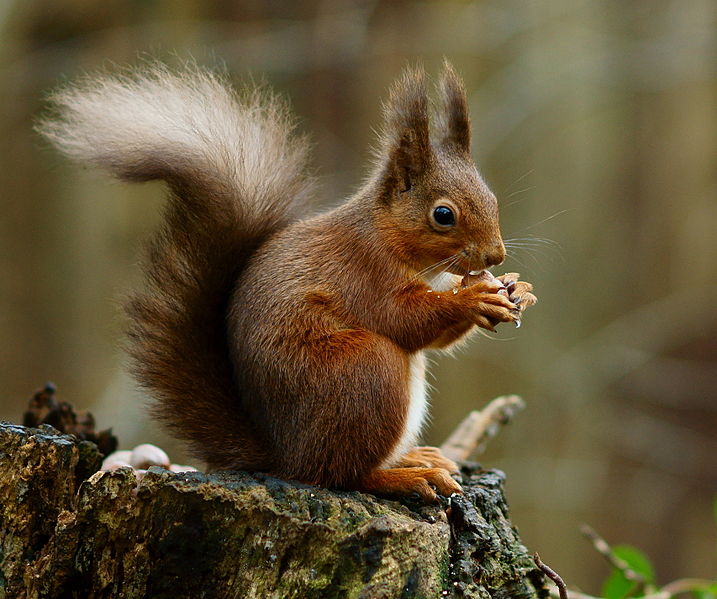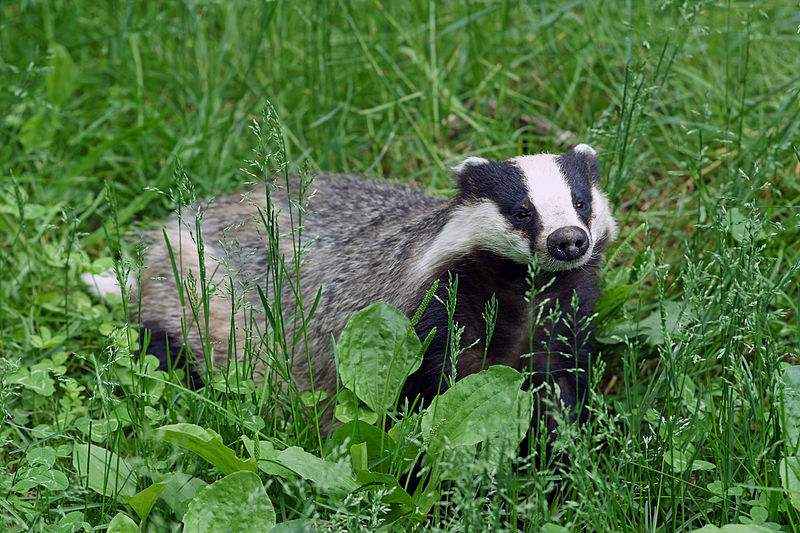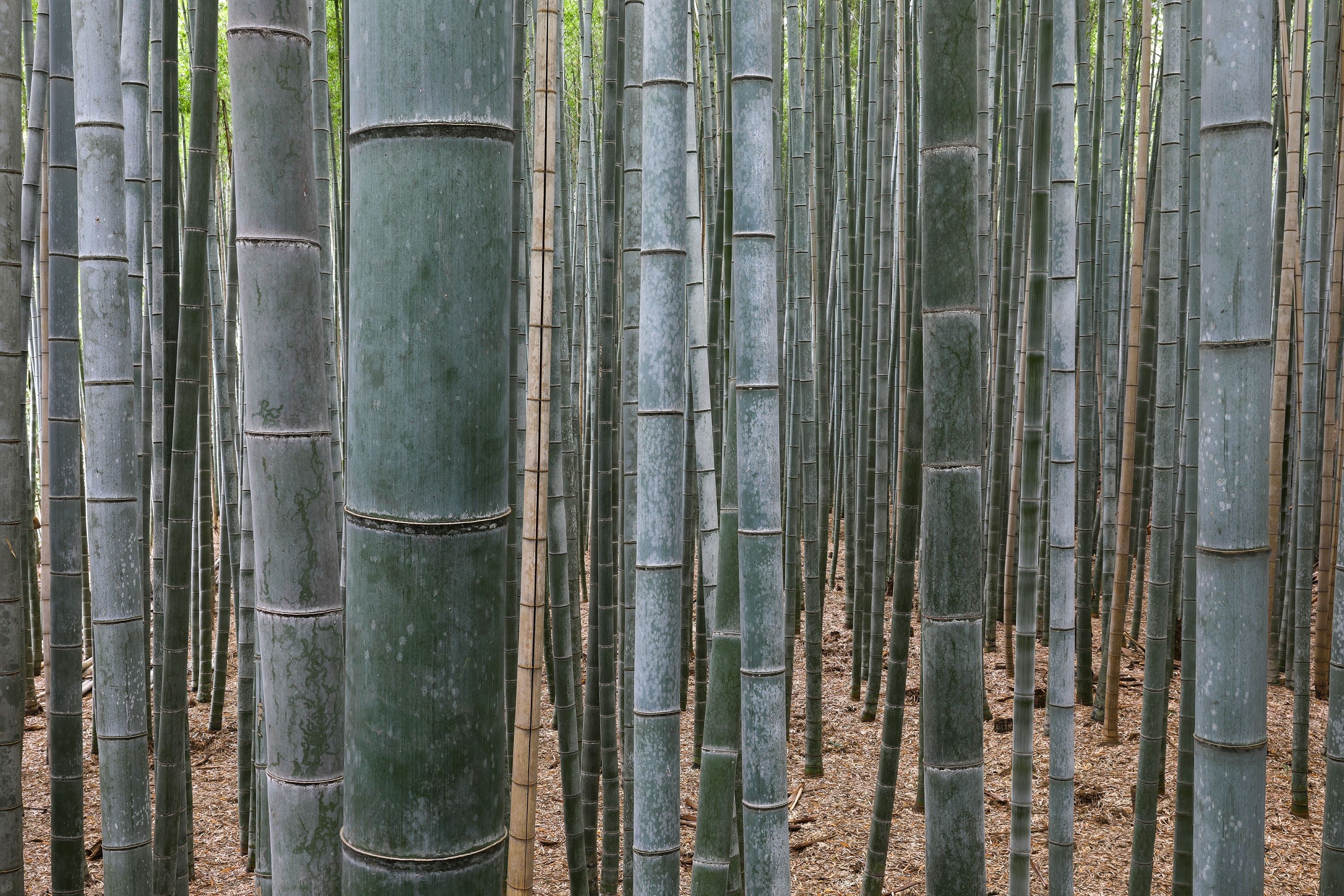
The Red Squirrel - A guide to british fauna
Scientific Name : Sciurus vulgaris
Common Names : Red squirrel, Eurasian red squirrel

Physical appearance : The average red squirrel had a body size of between 19 and 23cm. Its tail growns up to approximately 15 to 20 cm. A full sized adult weighs between 250 and 340 grams. Males and females are the same size. The red squirrel is generally smaller than the grey squirrel.

The red squirrel is an omivore with sharp teeth and claws. It has a high bite strength for its size and uses it to crack nuts and seeds. The red squirrel's bushy tail is used for balance and may help to keep the animal warm whilst sleeping.
The red squirrel has powerful back legs which enables it to climb and to leap between trees/buildings. They are excellent climbers and can even scale relatively smooth and vertical walls.

Where to find/natural habitat : The red squirrel's natural habitat is woodlands and forests, in particular, boreal, coniferous woods in Europe and Siberia. Generally, it prefers Scots Pine, Norway Spruce and Siberian Pine. In western and southern Europe, they also live in broad leaved forests where the mixture of tree and shrub species provide a better year round source of food. In the UK, broad-leaved woodlands are now less suitable due to the better competitive feeding strategy of introduced grey squirrels.
Habits and charecteristics :The red squirrel sheds its coat twice a year. It sheds its thicker coat for summer and sheds its thinner coat for winter. This change is particularly visible around the ears and tail which become extremely fluffy for the winter season.
Squirrels usually mate in late winter or in summer. Gestation takes about 38 to 39 days. They can have up to two litters per year, birthing about 3-6 young per batch. A squirrels young are called kittens.
Squirrels are born blind and deaf and are completely reliant on their mother. A newly born red will weigh between 10 and 15 grams. They are born naked but develop a full covering of hair within 21 days. By 42 days, they have developed all their teeth and at which point they are able to eat solids. However, they continue to suckle from their mother until about 8-10 weeks, whereby they are usually fully weened.

Life expectancy may vary between three and seven years and in captivity can live up to 10 years. Survival is related to availability of food and as a result the red squirrel has a mortality rate of up 80% in their first winter. Survival rates for subsequent winters are 50%. Normally, a female will produce her first litter in her second year.
In particular, a red squirrel's diet consists of nuts, seeds and fruits but it will also eat bird eggs or nestlings. The vast majority of its diet is vegetarian.
Red squirrels are know for burying their nut and seed stashes. However, they are not as good as grey squirrels at remembering where they have burried their stash. Another reason why the greys are more widespread and numerous.

Red squirrels tend to do most of their foraging in the morning, in the late afternoon and in the evening, taking a rest during midday hours to avoid the hottest part of the day and to remain invisible to sight predators. Extreme weather may cause the red squirrel to stay in its nest for hours or even days at a time. They do not hibernate through winter although may be less active through colder weather.

Predation : Red squirrels are comonly eaten by ; Pine Marten, owls, stoats, cats, dogs, other birds of prey and wildcats. Although not a predator, the grey squirrel is a more effective survivor than the red and as they compete for the same resources, the grey tends to diminish the red squirrel population.
Protection status : The red squirrel is currently a protected species in the UK as per Schedules 5 and 6 of the Wildlife & Countryside Act 1981. Killing and trapping them is illegal.

"Leave nothing but footprints, take nothing but pictures/memories."
Images courtesy of Peter Trimming, Hedera.Baltica, Arto Alanenpaa, Matti Parkkonen, Marcello Sega, JJM, Tomi Tapio K, Przemyslaw Jahr,
hedera.baltica from Wrocław, Poland, CC BY-SA 2.0 <https://creativecommons.org/licenses/by-sa/2.0>, via Wikimedia Commons
Matti Parkkonen, Public domain, via Wikimedia Commons
Marcello.sega, CC BY-SA 4.0 <https://creativecommons.org/licenses/by-sa/4.0>, via Wikimedia Commons
JJM, Public domain, via Wikimedia Commons
The Bushgear Team


